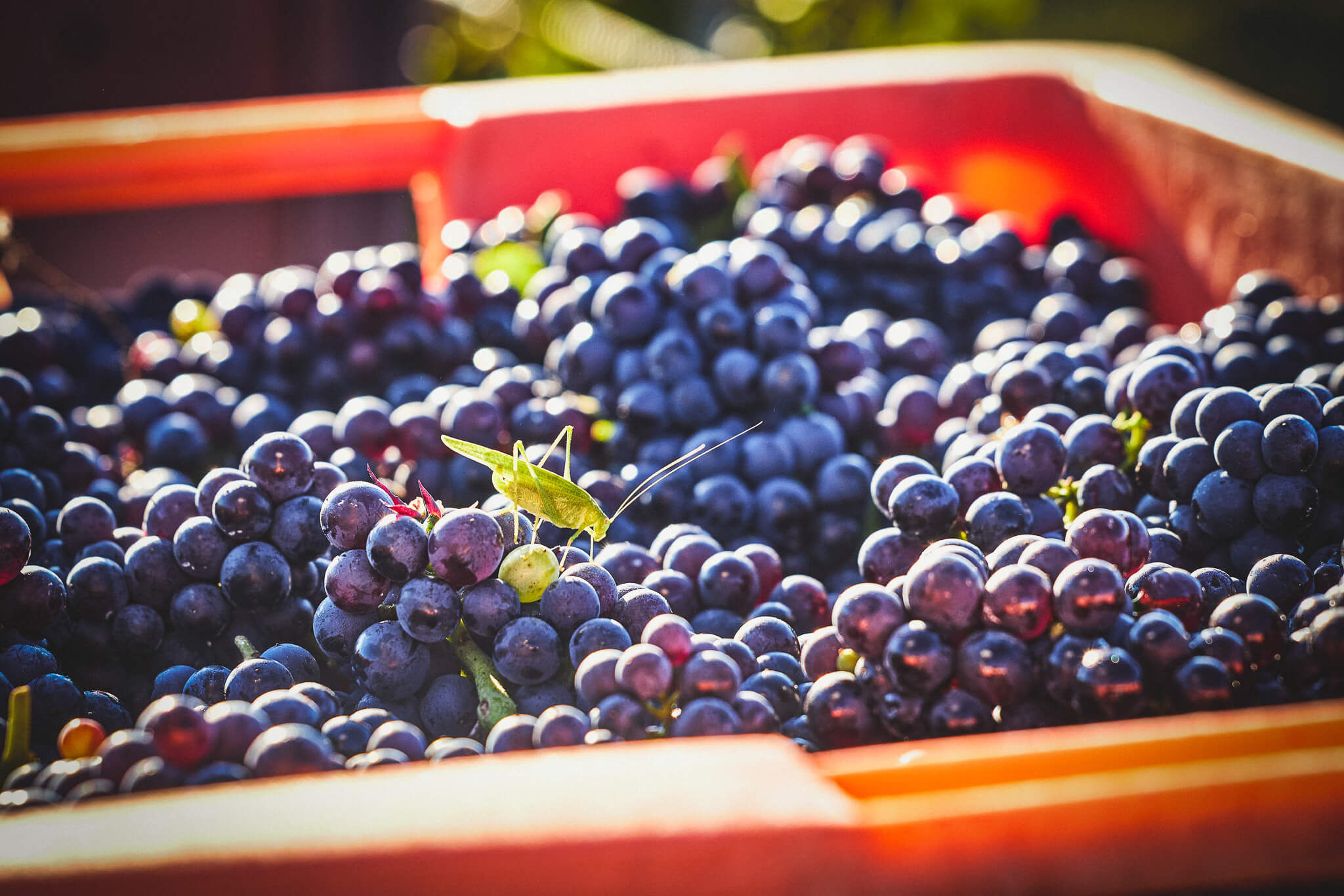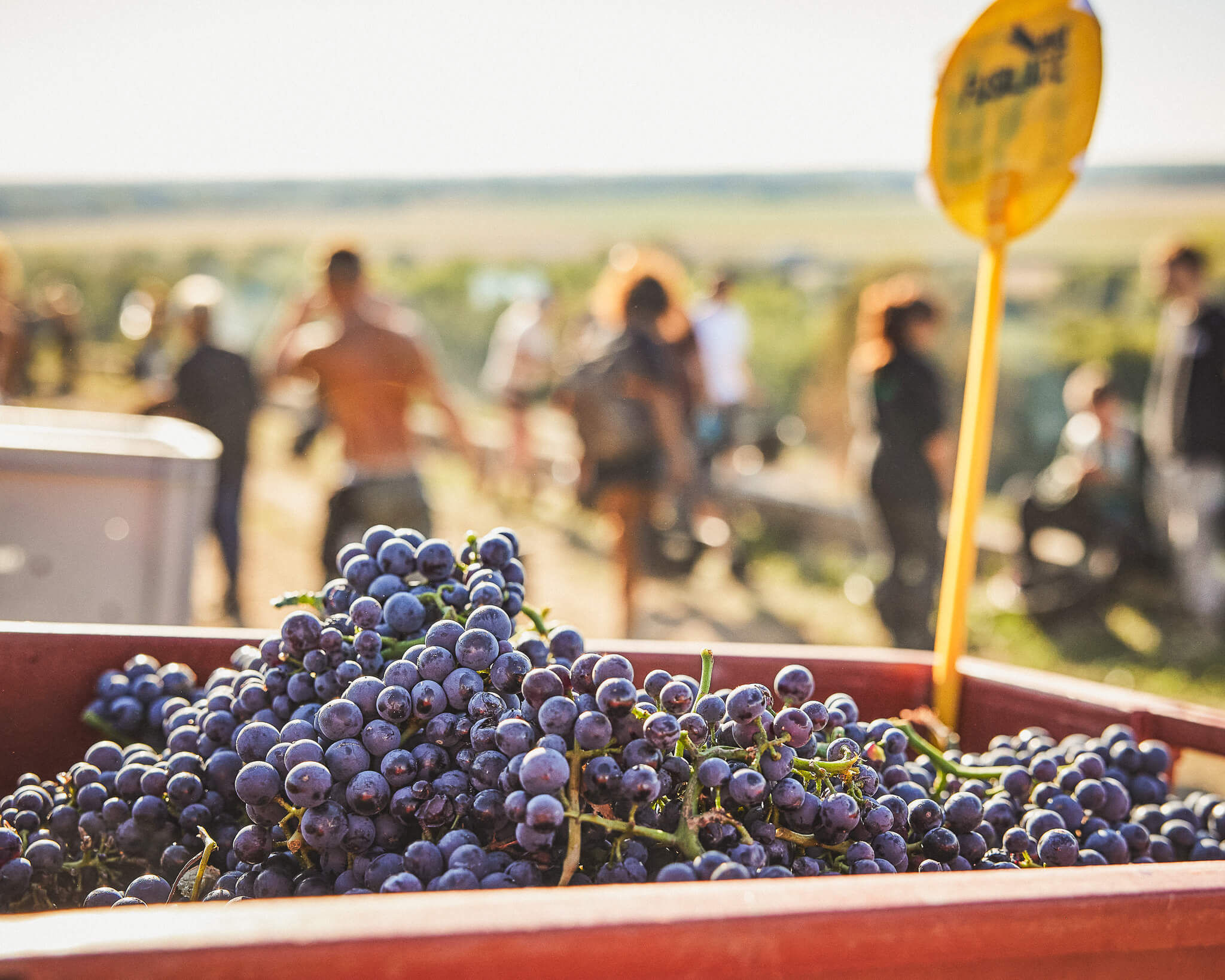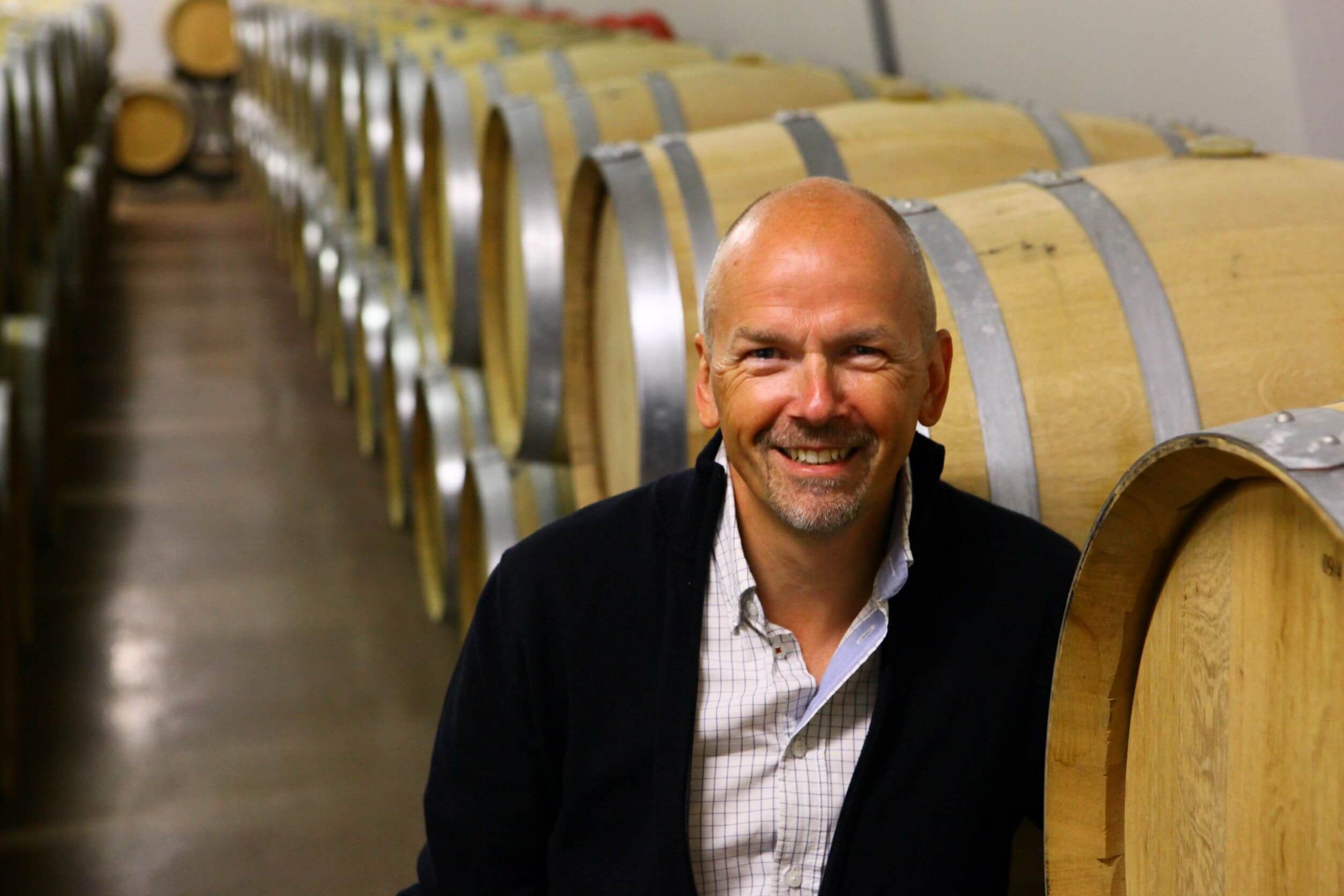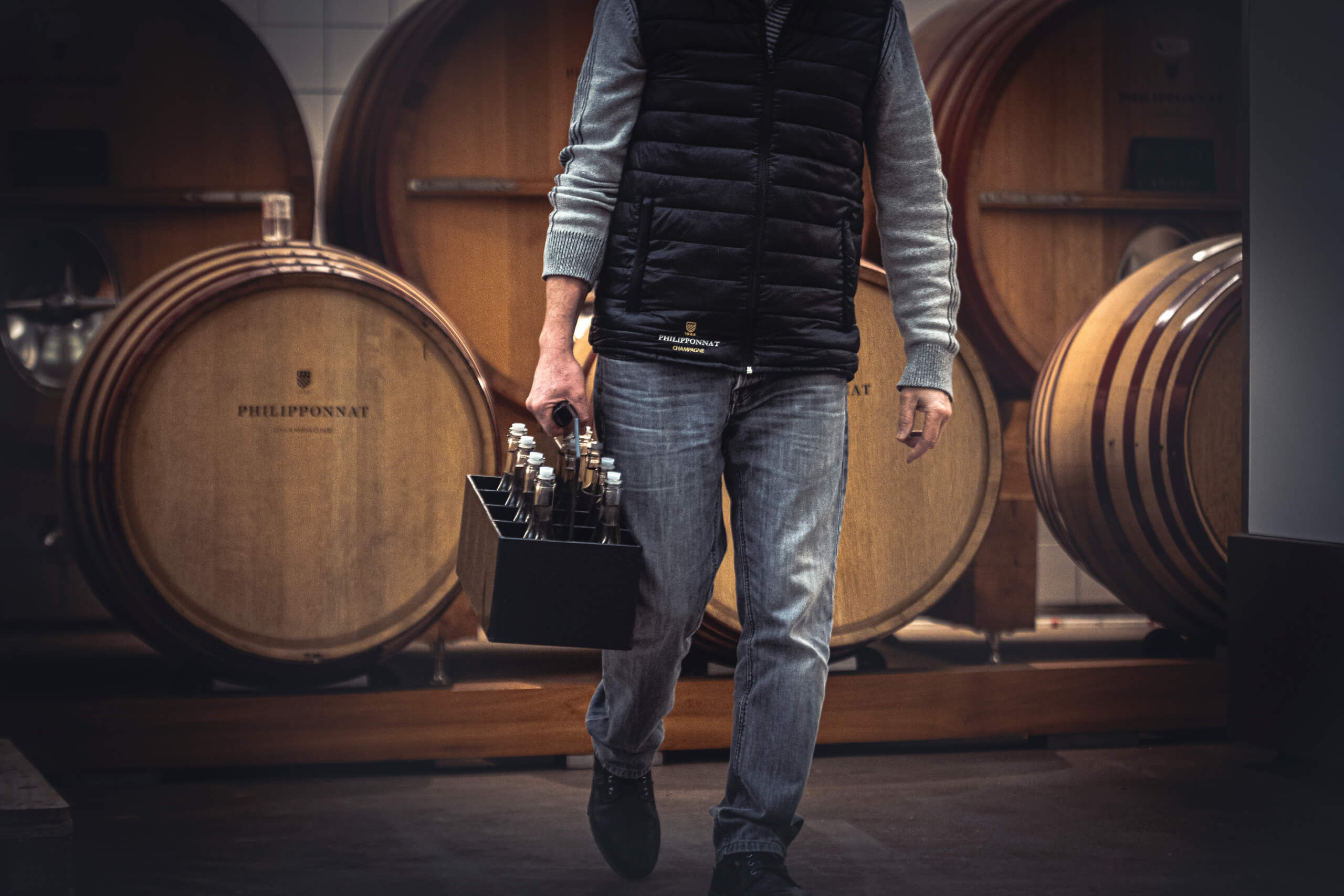
Charles Philipponnat’s impressions and analysis

How did the 2025 harvest go at Philipponnat?
“The 2025 harvest comes after a rather dry summer, interspersed with a few rainy spells, which were very welcome and enabled good, balanced ripening, without bitterness, which is a risk in dry seasons. Thanks to a dry, sunny summer, grapes were perfectly ripe at harvest time. We didn’t have to leave any bunches on the vine, nor did we have to sort the grapes once they were picked: everything was absolutely magnificent, and completely ripe right down to the inside of the bunch. The 2025 vintage therefore offers a great harvest, perfectly ripe and healthy, which are two essential criteria.
Another feature of this harvest is its rather low yield, due to a period of cold weather during the flowering period which affected the plots and earliest-ripening grape varieties. In places, we lost bunches and those that remained were smaller than usual. This in no way undermines the quality, quite the opposite in fact, since a smaller bunch can be of excellent quality when the whole is healthy and there is no rot, as was the case this year.”
How do you foresee the forthcoming vinification?
“In 2025, we were able to observe a new development linked to climate change: as in all dry, warm and early vintages, we noticed that fruity aromas developed at higher alcoholic potential. This was particularly true this year. This phenomenon will become the norm with climate change to blame, and we need to think about how we are going to manage these early, hot, very ripe vintages. At Philipponnat, this has been our concern for some years now, and we’re adapting to it by changing the height of the trellising, working the soil in a different way, waiting for the grapes to reach optimum ripeness before we harvest them… We mustn’t be afraid to let the berries ripen, to extend the ripening period. We are also fortunate at Philipponnat to have perfect mastery of the blends and to be able to work the juices in the best possible way, choosing whether to carry out malolactic fermentation so that our wines keep sufficient liveliness. Our Clos des Goisses terroir, which produces grapes that are usually riper than average, is a great testing ground for adapting to global warming in the rest of our vineyard. Historically, yield is lower, grapes are more mature and fruit more advanced and more developed. It is a very good example of what Champagne will become, and experience has shown that we can adapt perfectly and produce exceptional wines. In any case, the 2025 vintage has excellent potential, promising some great tastings that will probably be like no other!”



